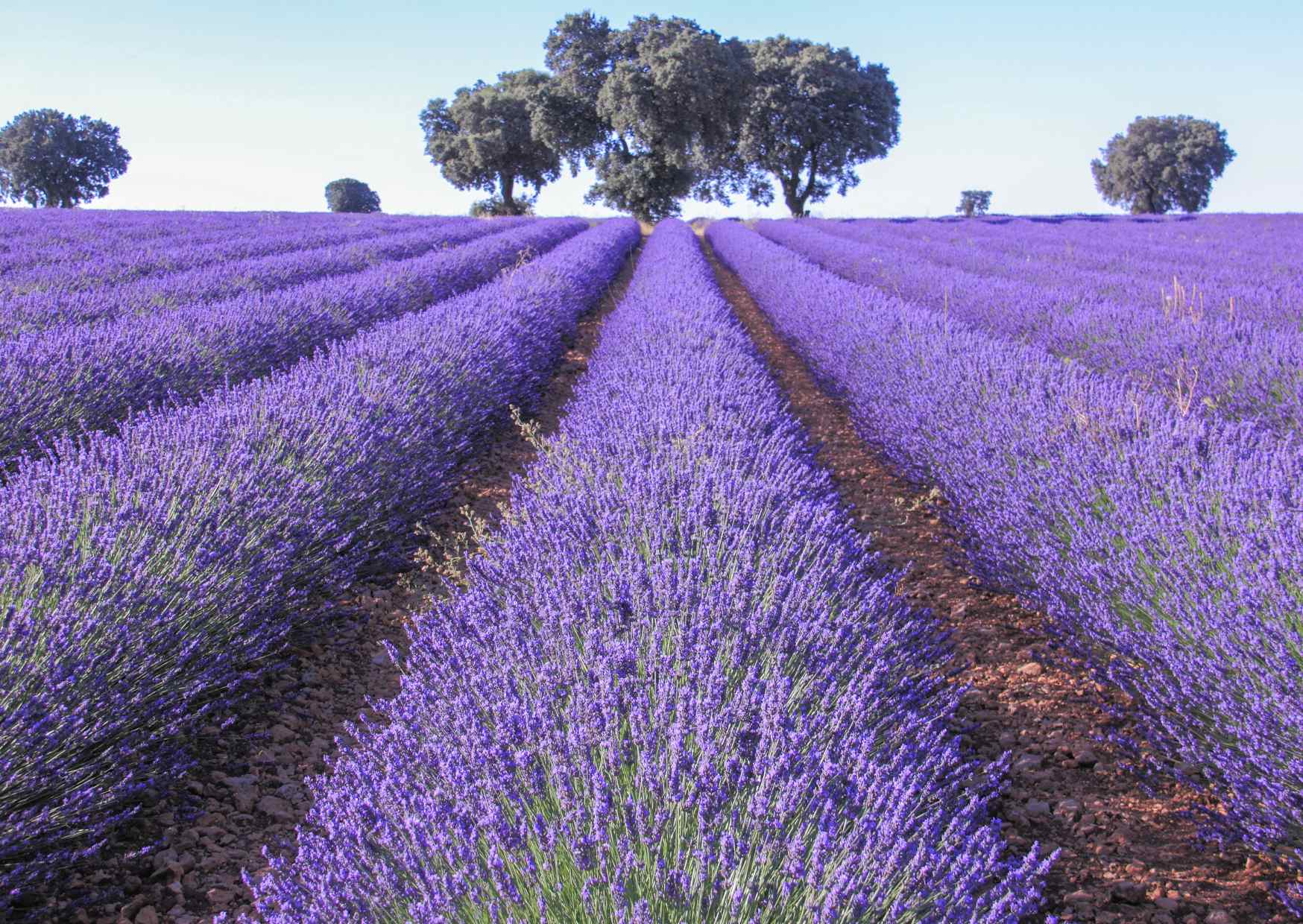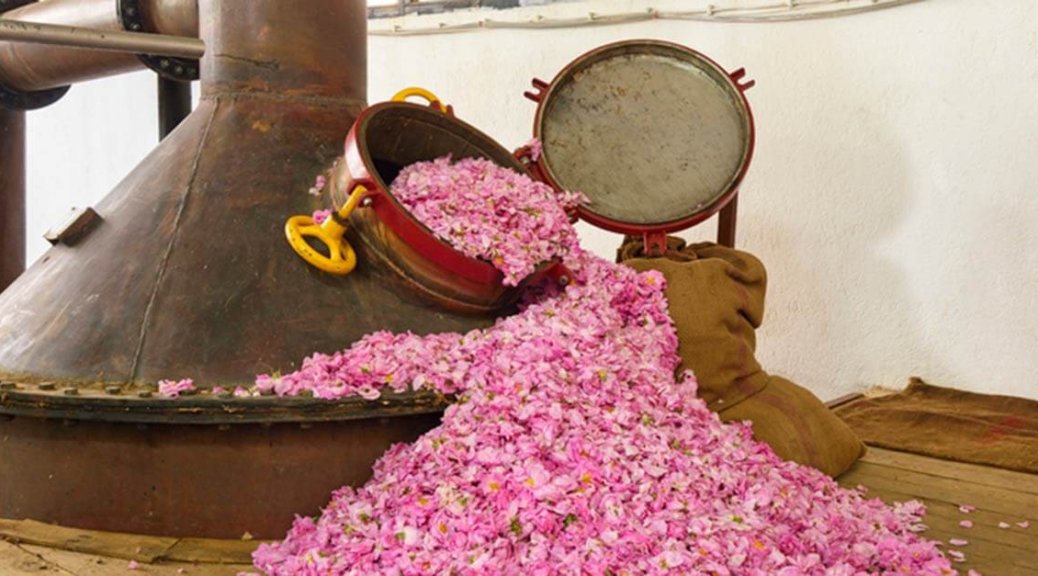By Katrina Scampini, Certified Aromatherapist
What is a natural fragrance?
If you start taking a look at perfumes, body sprays, colognes, even some cleaning products, you’ll notice ingredients are often coined as “fragrance” or “perfume.” This term can really encompass a whole cocktail of ingredients, ranging from synthetic ones to natural ones. But with the term “natural fragrance”, you can be sure that the fragrances contain only ingredients that are physically obtained from plants using distillation, expression, and extraction. There is absolutely nothing synthetic about them.
So who decides what “natural” really means?

The International Fragrance Association (IFRA) only allows fragrances marked as “natural” when they align with the International Organization for Standardization’s ISO 9235. Generally, ISO 9235 does not allow synthetically reconstituted essential oils, synthetic nature-identical ingredients, and intentionally chemically modified natural raw materials to be described as “natural.”
Why not just label it the same as our essential oil blends?
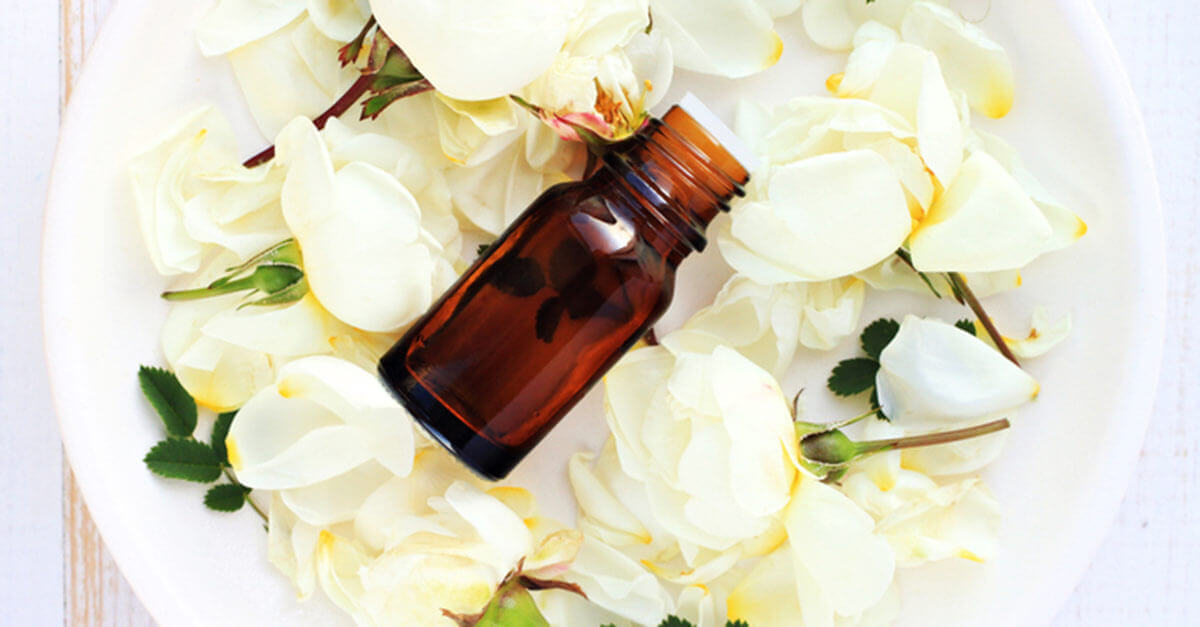
Each of our essential oil blends is made entirely from essential oils, absolutes, oleoresins, or extracts. Our new natural fragrances, however, are made up of isolates. Isolates are natural occurring single chemicals that have been “isolated” from their natural sources. This might sound a bit confusing, but it’s pretty easy to break down.
For instance, let’s take the essential oil of Geranium Bourbon. If you look at the GC-MS report, you’ll notice Geranium contains a ton of key constituents, including citronellol, geraniol, and linalool. It’s those constituents that are isolated from the entire essential oil mixture and can be purposed for other uses.
How do you get an isolate?
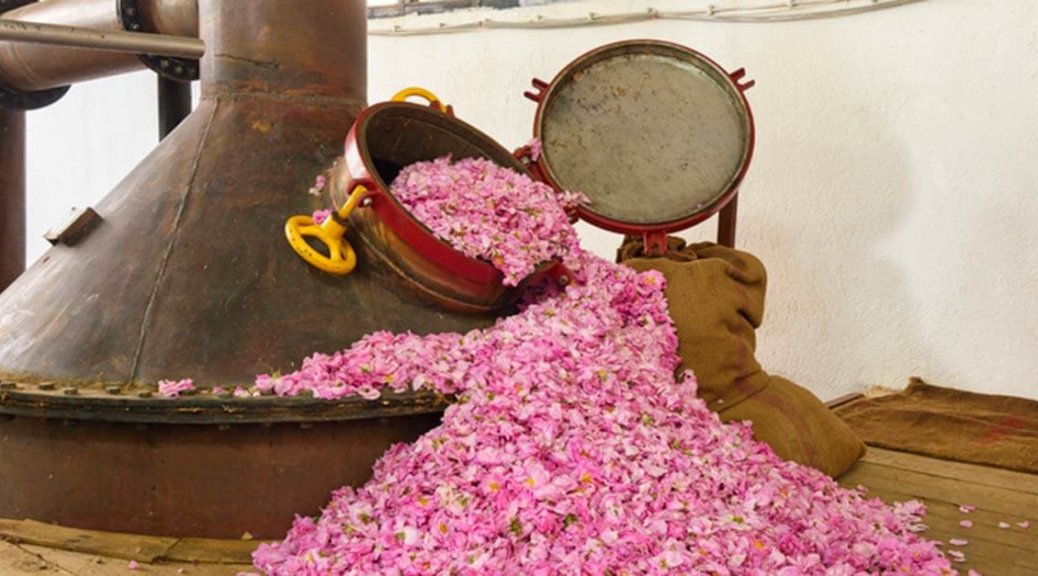
Fractional distillation is a popular way to obtain isolates from essential oils. In its most basic sense, this method involves the separation of a liquid into fractions differing in boiling points. As the material is heated, the vapor rises into a long column above the still. The vapor is repeatedly condensed and re-evaporated as it moves toward the top, which distills the vapor many times. The less volatile substances in the vapor tend to run back down the column after they condense, concentrating near the bottom. The more volatile ones often re-evaporate and move upward, concentrating near the top. Because of this, the column can be tapped at various levels to draw off different fractions.
There are other ways to get isolates, but fractional distillation is the most common.
What does all of this mean for you?
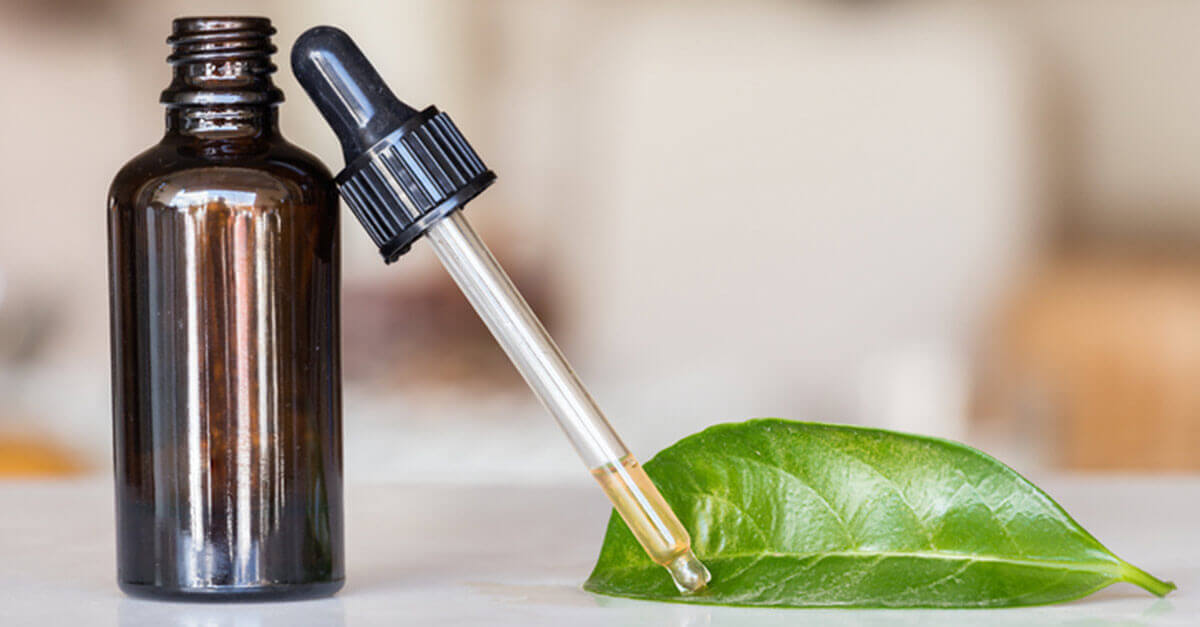
By using isolates, along with pure essential oils and their natural compounds, we can offer a much wider variety of amazing aromas to share with you, our amazing customers. It gives us an opportunity to make some really unique blends that are all completely natural, yet unlike anything we’ve carried before.
Another thing that makes isolates even more amazing is that while they were created mostly for aroma, they still carry over many of the properties of the essential oils and isolates in them. This means that you may find a blend that works well for you in other areas of life.
Interested in learning more about the International Organization for Standardization? Here, you can find information on ISO 9235: https://www.iso.org/obp/ui/#iso:std:iso:9235:ed-2:v1:en
